Like many of the world’s navies the auxiliaries play a key role for any naval force large or small, enabling them to remain on station anywhere in the world.
Every major navy has an auxiliary force of some kind operating in conjunction with their navies, ship types often include Oilers (Tankers), Dry Store ships, General Cargo usually roll on roll off, hospital ships, repair ships, depot ships and landing ships among others.
The Auxiliary is often over shadowed by the more glamorous warships yet their role in keeping the warships on station is vital for any deployment and more often than not with every naval group on deployment you will also find an auxiliary somewhere in the fleet.
The Role
The Royal Fleet Auxiliary (RFA) of the United Kingdom is the main component keeping the Royal navy fueled and stored while at sea, RFA Ships are owned by the UK Ministry of defense and are crewed by civilians (except for manning certain weapons, helicopters and other specialist equipment)
Edited note: RFA Crews are trained to man and operate weapons
thus are classified as merchant vessels that operate under the Merchant navy code of conduct and RFA Regulations.
Unlike merchant vessels these ships do not carry goods for reward their entire role is to support the Royal Navy anywhere in the world
To find out more or enlist visit their website https://www.royalnavy.mod.uk/our-organisation/the-fighting-arms/royal-fleet-auxiliary
The History
The RFA is one of the oldest auxiliary services in the world and yet is seldom recognised or talked about mainly due to its unglamorous role.
The RFA was first created in 1905 in the era of coal powered ships, at the time the UK had bases all around the world where coaling could take place for its navy, however; not every port had ready access to coal.
The main task of the RFA was to keep each station topped up with coal and later fresh food stuffs and munitions.
One of the most notable tasks the RFA does today is the Replenishment at sea (RAS) (Under way replenishment (UNREP) for the USN).
This involves a ship coming along side while both are still moving to take on supplies and fuel via jackstays and helicopter (VERTREP), in the first years of the RFA however this would be conducted astern or forward of the supply ship using jackstays.
Coal is cumbersome and dirty to handle, its also very manpower intensive and time consuming even alongside let alone during any re supply at sea and for this, most of the crew would have to be on hand to help.
The coal was transferred via sacks to the ship needing to be resupplied, ultimately a very time-consuming and labour intensive process.
With the advent of oil-fired boilers the process became much easier, now hundreds of men were not required to move sacks of coal to the scuttles, instead a handful of men could man handle hoses and lock them into fuel receiving ports and let the pump do the rest.
Jackstays instead became the means to pass supplies and men between ships a practice that is still done today.
During the first world war the auxiliary’s main task was to keep the main overseas bases filled with coal and munitions a job they did well, at wars end the RFA would be involved in many other taskings.
In 1918-19 operation red trek would see auxiliaries supply Allied forces in the intervention of the Russian civil war supporting the Russian white forces in their attempt to re take Petrograd (St Petersburg).
During the 1923 Great Kanto earthquake in Japan the RFA would play a role, RFA Nucula remained on station for 6 months providing fuel for ships of the China Station assisting in Japan.
Another earthquake in 1928 this time near Corinth Greece would see the RFA Perthshire sent to render assistance to the inhabitants, the ship was filled with food, water, and medical supplies.
In 1936 the Spanish civil war began and once again the RFA was called upon to render assistance this time to support naval patrols, during the 3 years half a dozen RFA vessel would take up station providing naval patrols to ensure maritime law was followed.
World War two would bring a baptism of fire for the RFA, it would take part in just about every engagement.
The RFA was present for the Norway Campaign of 1940, as well as the Dunkirk evacuation, the RFA would go on to undertake the first convoy to Russia in 1941 as operation Dervish, famously it ran the gauntlet en route to Malta, they were present at operation torch and most notably they played a vital role during the D Day landings.
While many will point to this being an all Europe campaign the RFA was also active in the Indian and Pacific oceans as well.
During the second world war the RFA would be required during operations in Burma, Malaya, India, Hong Kong, Singapore and Indonesia.
The RFA would also take part in US led actions in Okinawa and the bombardments of Japan in the final stages of the war.
History After World War II
After World War two the RFA would start to shrink, but the role in which it played would diversify, the RFA would still be present at every major event, from operation deadlight and the Palestine patrols to the Suez crisis, Korean war and operation Grapple.
The RFA had proved itself a vital asset in peace and war, it would lead to the United States creating a similar force in 1949 called the Military Sea Lift Command (MSC)
To find out more about the United States Military Sealift command visit their website https://sealiftcommand.com/
In 1982 Argentina invaded the British Falkland Islands and now the RFA would play a key and vital role in Operation Corporate to take back the territory from the Argentine invaders.
Spearheaded by a task force lead by HMS Invincible the main combat task force comprised of 42 warships, these were backed up by 22 RFA Vessels and a further 62 Merchant Navy vessels for a total of 127 ships that would ultimately take part.
The RFA would play a key role in keeping the navy supplied with food, fuel and munitions throughout the conflict, and in reality, if it wasn’t for the presence of the RFA the Royal Navy would likely not have been able to engage and re take the islands at all.
During the Falklands war the RFA would loose one ship the RFA Sir Galahad to bombs dropped by Argentine A4’s and have several damaged, these included RFA Sir Lancelot, Tristram and Bedivere.
The Merchant navy would also have losses and damages, most notable was Atlantic Conveyor she was sunk by an Exocet fired from super etendard aircraft, the British Wye a tanker was bombed by a C130 on April 25th only one bomb hit the ship and bounded off she sustained little damage.
The RFA proved its worth in 1982 and certainly showed what an auxiliary force can do and that they are much needed ships in war, a story that they will repeat in 1991 during desert storm, the Balkans campaigns, the 2003 Iraq conflict and many more.
Other Roles
While the RFA in war is there to supply the fighting ships there is another vital role that they play, in 2000 the RFA assisted the people of Mozambique when floods caused a humanitarian crisis, this isn’t the first and undoubtably wont be the last time the RFA is called upon to undertake humanitarian missions.
Already we have seen that the RFA took the lead during the Ebola outbreaks in Africa, most notably being deployed into Sierra Leone, in 2004 the RFA was also on hand to support the victims of the boxing day tsunami.
Today the RFA despite the drastic fall in numbers is still engaged around the world in many different roles, the current deployment of HMS Queen Elizabeth and CSG21 is kept supplied by the RFA Fort Victoria and RFA Tidespring.
On the other side of the world we see RFA Wave Knight taking up station in the Caribbean during 2021 hurricane season she will also undertake counter narcotics patrols between taskings, she has already assisted the nation of Haiti during an earthquake in June.
Operations in the Antarctic are led by the HMS Protector A173 (she is a RN flagged vessel), although not technically an RFA ship she is a hydrographic survey and supply ship which some could argue is more a role for the RFA.
Baltic operations and home waters will usually encompass an RFA vessel, during the last BALTOPS 2020 RFA Lyme bay took part in the exercise.
Other operations the RFA take part in are in the Atlantic standing maritime group 1 which sees RFA Tiderace deployed, the Persian Gulf theatre we see RFA Lyme bay deployed in Bahrain for extended durations.
RFA Today 2021
The RFA today 2021 contains just 11 ships and is backed up by 2 chartered point class sea lift ships and one tanker the MV Raleigh fisher.
With the new tide class now online the future of the RFA is a little more secure, currently the RFA has had to remove its dry stores ships with currently no replacement until the late 2020’s early 2030’s
RFA Fort Victoria herself is due to retire around 2026 and currently there is no replacement for her this certainly does leave some questions hanging for the future.
Even as the RFA has shrunk its role around the world supporting the Royal Navy has not, and while there are many questions as to future ships such as the new FSS program its clear the RFA is stretched, 11 ships undertaking multiple global taskings can only mean that there is high asset usage, the RFA ultimately does more sea time per asset than any Royal Navy vessel, they also undertake low threat taskings in place of Royal Navy assets.
I am intrigued to see exactly what the future holds for the RFA and how many vessels it will shrink or grow over the coming decade.
One thing is for sure however they remain a vital asset for the Royal Navy and will likely remain so for the distant future.

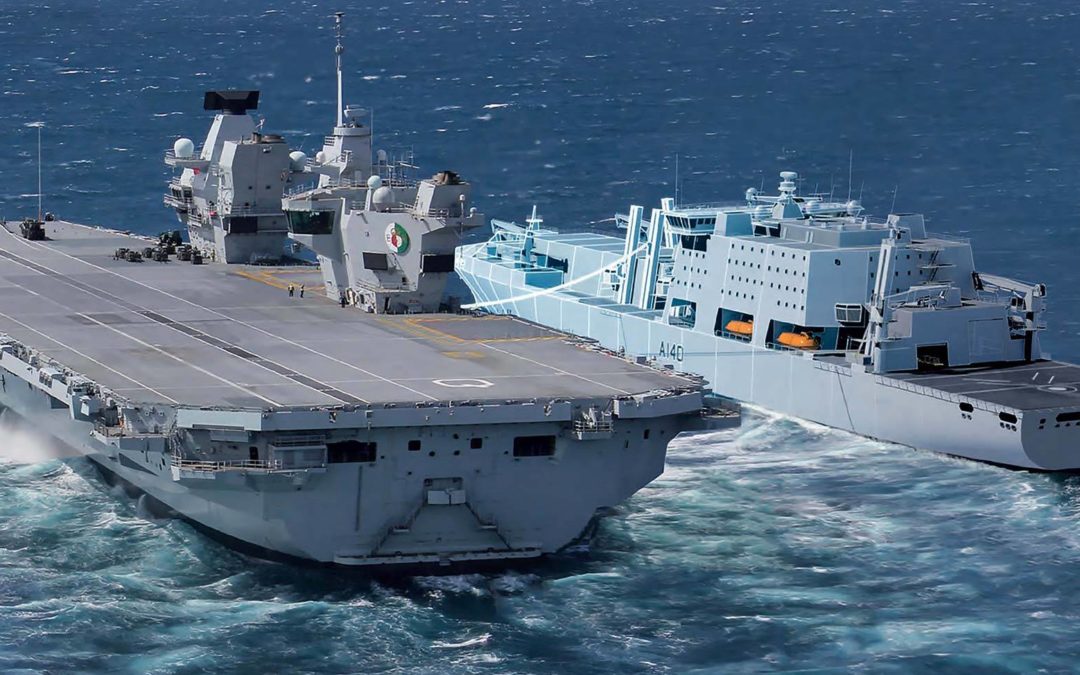
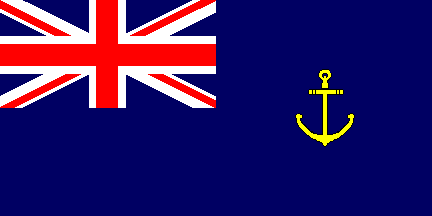
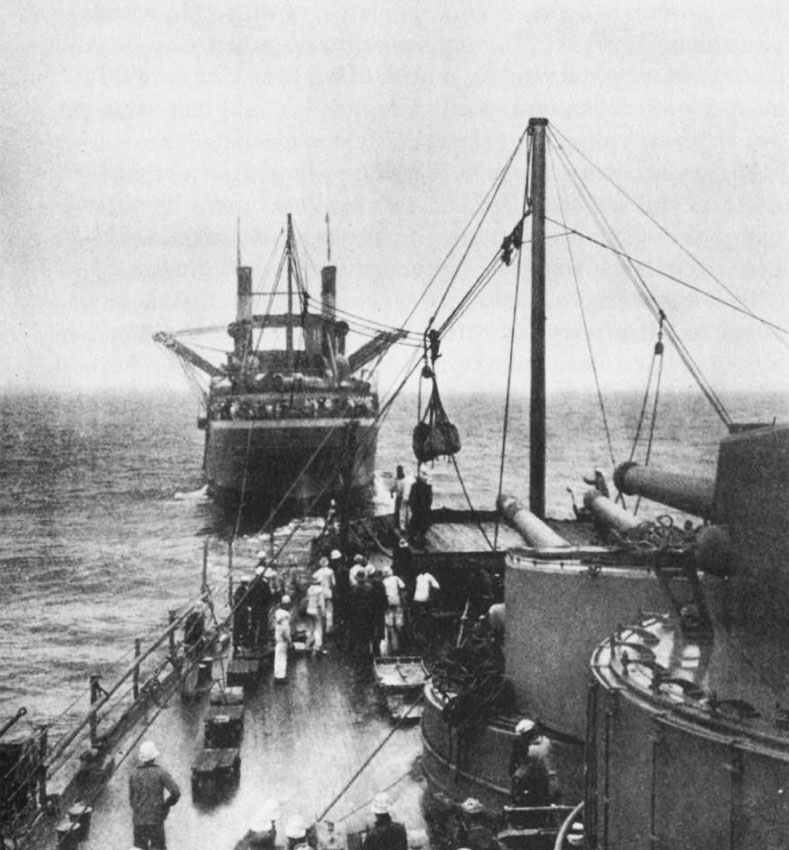
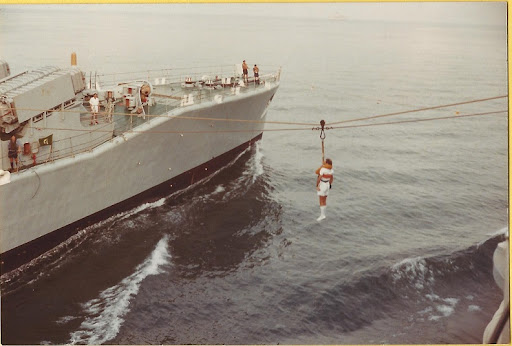
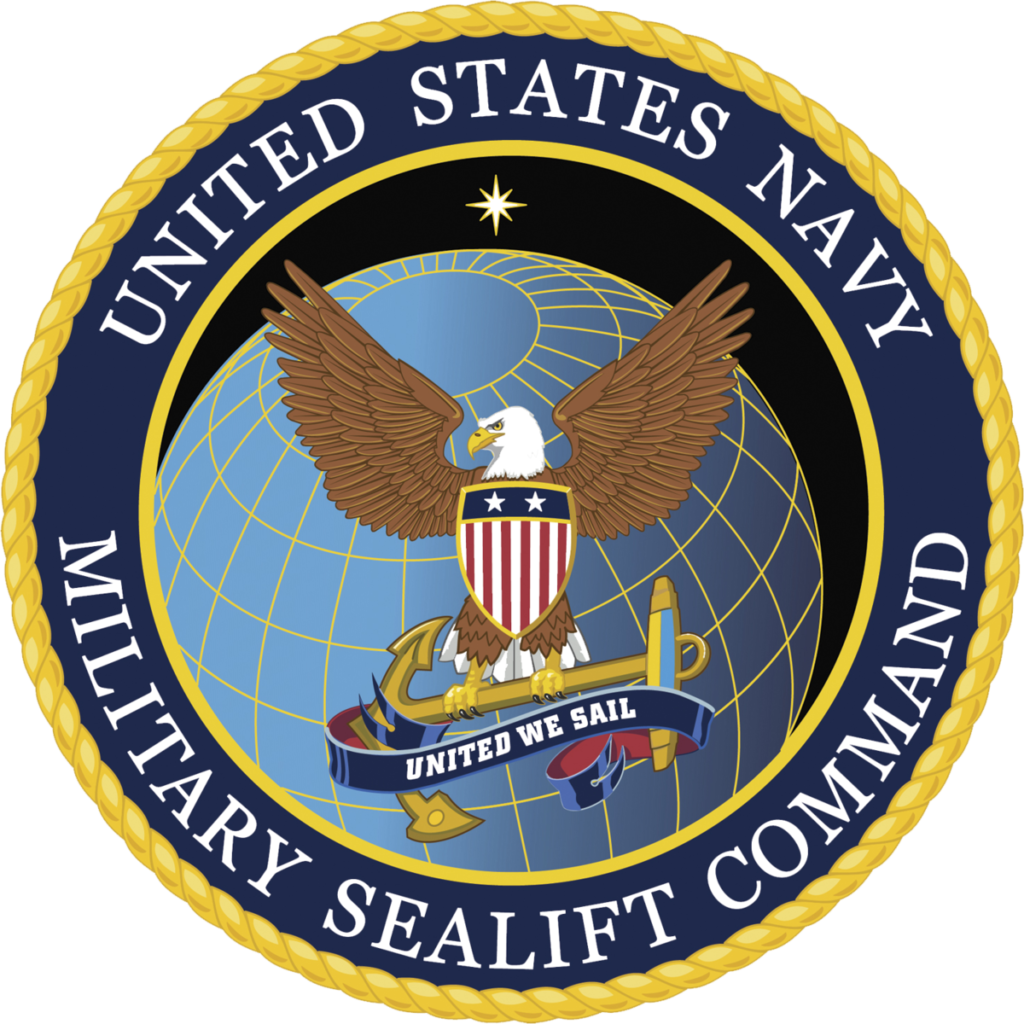
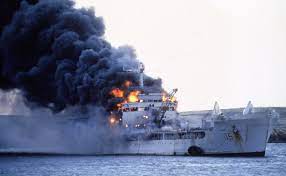
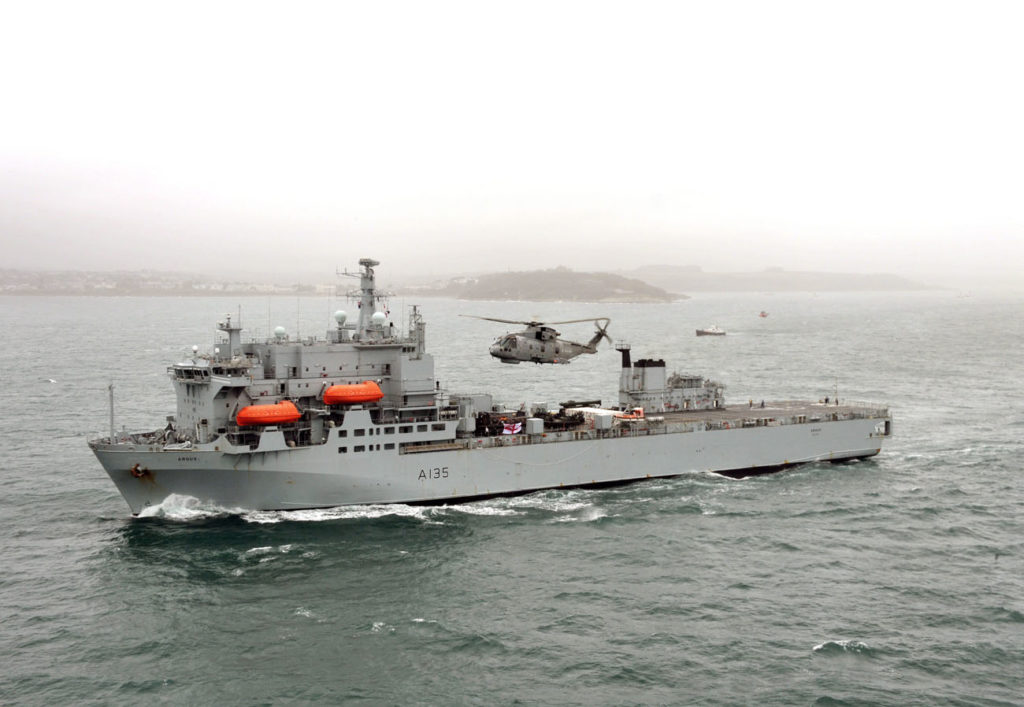
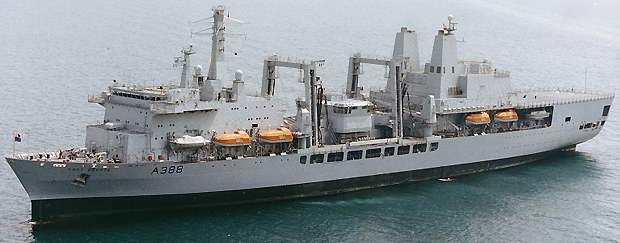
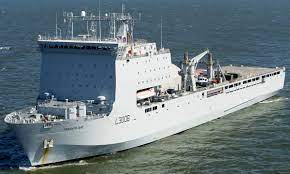
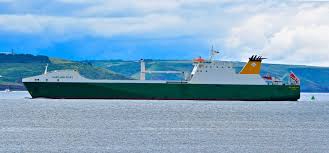
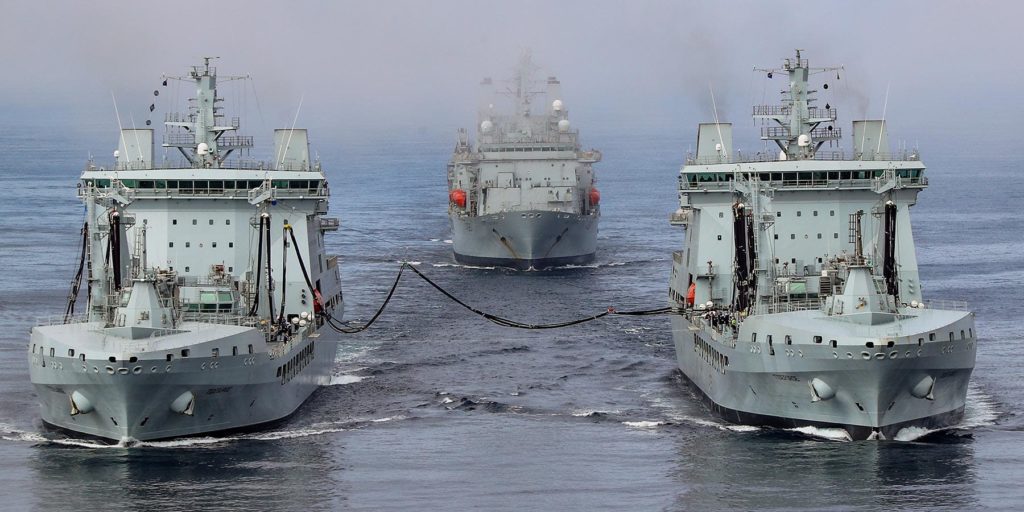
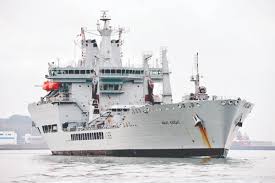

Recent Comments